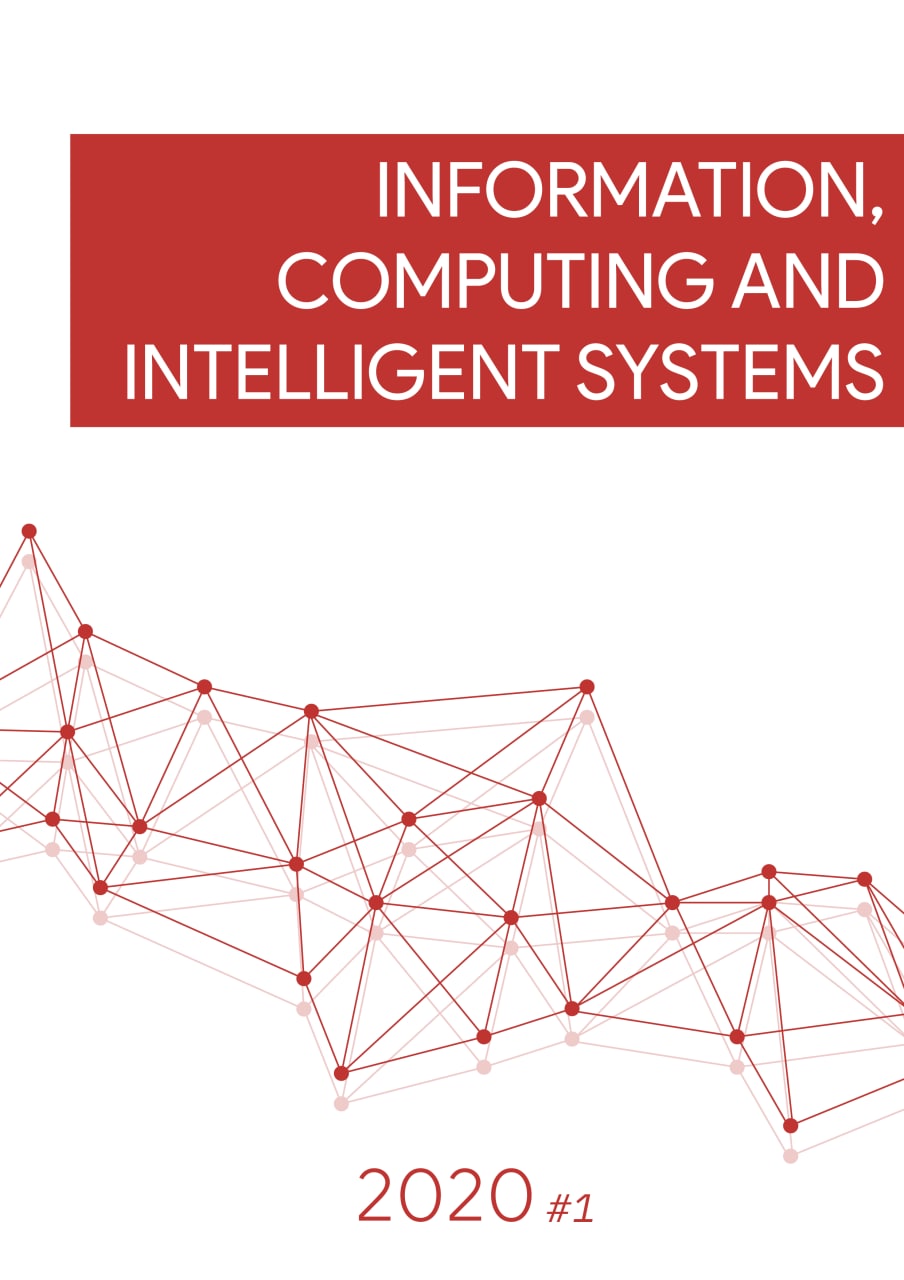PETRI-OBJECT SIMULATION: TECHNIQUE AND SOFTWARE
DOI:
https://doi.org/10.20535/2708-4930.1.2020.216057Keywords:
stochastic Petri net, discrete event simulation, web information system, long-running request, response time.Abstract
Nowadays information systems tend to be including components for transforming data into information applying modelling and simulation. Combined with real-time data, discrete event simulation could create powerful making decision and control systems. For these purposes, simulation software should be concentrated on creation the model as a code which can be easy integrated with other components of software.
In this regard, Petri-object simulation technique, the main concept of which is to compose the code of model of complicated discrete event system in a fast and flexible way, simultaneously providing fast running the simulation, is requisite. The behaviour description of the model based on stochastic multichannel Petri net while the model composition is grounded on object-oriented technology.
The Petri-object simulation software provides scalable simulation algorithm, graphical editor, correct transformation graphical images into model, correct simulation results. Graphical editor helps to cope with error-prone process of linking elements with each other.
For better understanding the technique, the Petri-object model of web information system has been developed. Investigation of the response time has been conducted. The experiment has revealed system parameters impact on the value of response time. Thus, the model can be useful to avoid long-running request.
References
IBM Center for The Business of Government. Kamensky, J.: Data rich, but information poor. (2018). http://www.businessofgovernment.org/blog/data-rich-information-poor, last accessed 2020/08/28.
ISO/IEC 15909-1:2004 Systems and software engineering — High-level Petri nets — Part 1: Concepts, definitions and graphical notation. https://www.iso.org/standard/38225.html, last accessed 2020/08/28.
Law A. M.: Simulation modelling and analysis. President Averill M. Law & Associates, Inc.Tucson, Arizona, USA, www.averill-law.com. 5th Edition. — New York: McGraw Hill (2015).
Haas, P.J.: Stochastic Petri net: modelling, stability, simulation. Springer-Verlag New York (2002).
Balbo, G.: Introduction to Generalized Stochastic Petri Nets. In: Bernardo M., Hillston J. (eds) Formal Methods for Performance Evaluation. SFM 2007. Lecture Notes in Computer Science, vol 4486. Springer, Berlin, Heidelberg (2007).
Jensen, K.: Coloured Petri Nets. Basic Concepts, Analysis Methods and Practical Use. 2th edition. Springer-Verlag Berlin Heidelberg (1996).
Zhao, N., Yu, Y., Wang, J. et al. An extended object-oriented Petri net supporting the description and evolution of components: EOOPN. Cluster Computing 22, 2701–2708 (2019).
Silva, P.S. et al.: Simulation in Information Systems: Potential of the Vulnerability Theory. In: Quintela Varajão J.E., Cruz-Cunha M.M., Putnik G.D., Trigo A. (eds) ENTERprise Information Systems. CENTERIS 2010. Communications in Computer and Information Science, vol 109. Springer, Berlin, Heidelberg (2010).
van der Werf, J.M.E.M., Polyvyanyy, A.: The Information Systems Modeling Suite. In: Janicki R., Sidorova N., Chatain T. (eds) Application and Theory of Petri Nets and Concurrency. PETRI NETS 2020. Lecture Notes in Computer Science, vol. 12152. Springer, Cham (2020).
Stetsenko, I.V.: State equations of stochastic timed petri nets with informational relations. Cybernetics and Systems Analysis 48(5), 784-797 (2012).
Stetsenko, I.V.: Theoretical Foundations of Petri-object Modeling of Systems. Mathematical Machines and Systems 4, 136-148 (2011). (In Russian)
Miyamoto, T.: A Survey of Object-Oriented Petri Nets and Analysis Methods. IEICE Transactions on Fundamentals of Electronics Communications and Computer Sciences E88–A (11), 2964-2971 (2005).
Valk, R.: Object Petri Nets. In: Desel J., Reisig W., Rozenberg G. (eds) Lectures on Concurrency and Petri Nets. ACPN 2003. Lecture Notes in Computer Science, vol 3098. Springer, Berlin, Heidelberg (2004).
Fehling, R.: A concept of hierarchical Petri nets with building blocks. In: Rozenberg G. (eds) Advances in Petri Nets 1993. ICATPN 1991. Lecture Notes in Computer Science, vol 674. Springer, Berlin, Heidelberg (1993).
Jensen K., Kristensen L. M.: Coloured Petri Nets: Modelling and Validation of Concurrent Systems. Springer-Verlag Berlin Heidelberg (2009).
CPN Tools. Dining Philosophers. http://cpntools.org/wp-content/uploads/2018/01/diningphilosophers.pdf, last accessed 2020/08/28.
GitHub. https://github.com/StetsenkoInna/PetriObjModelPaint, last accessed 2020/08/28.




